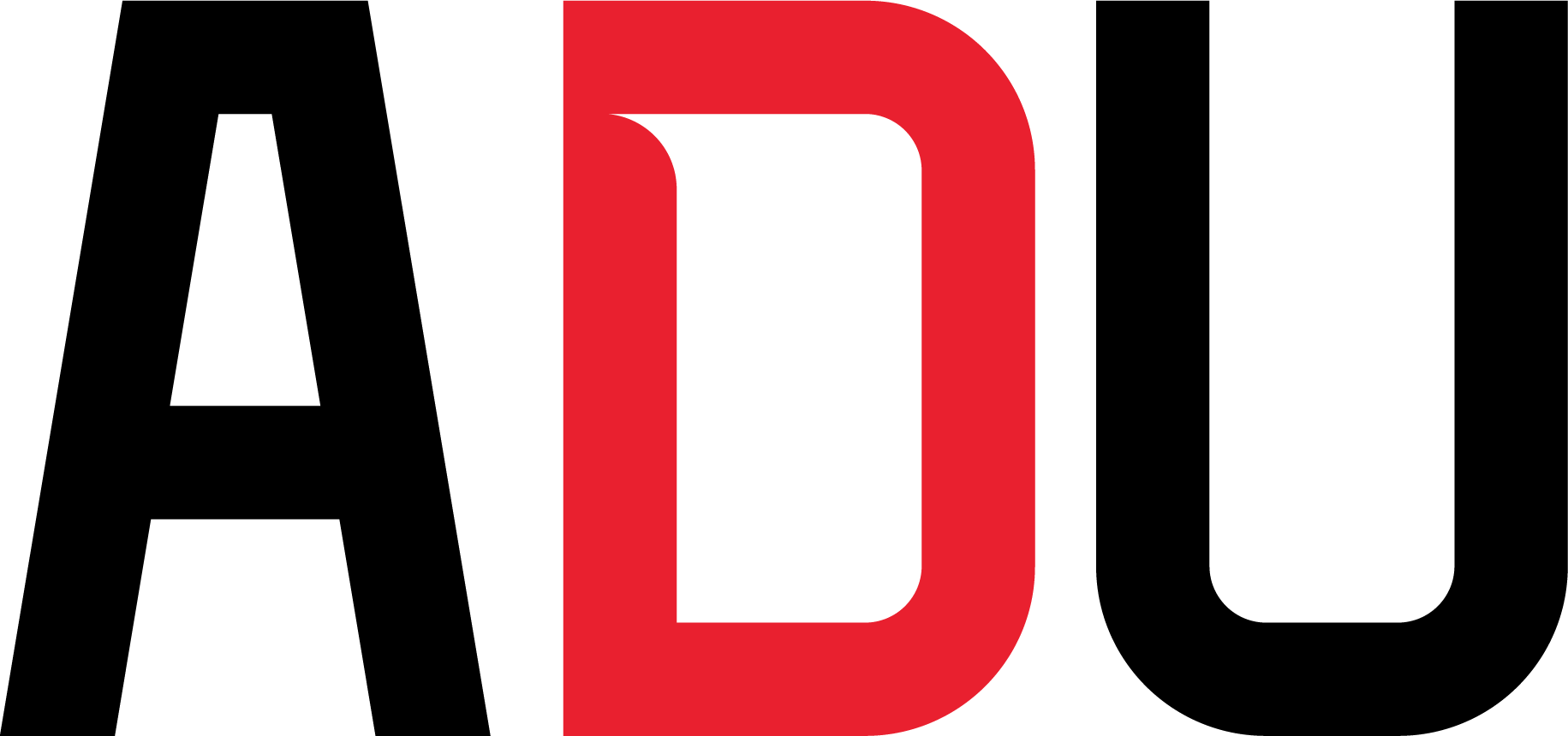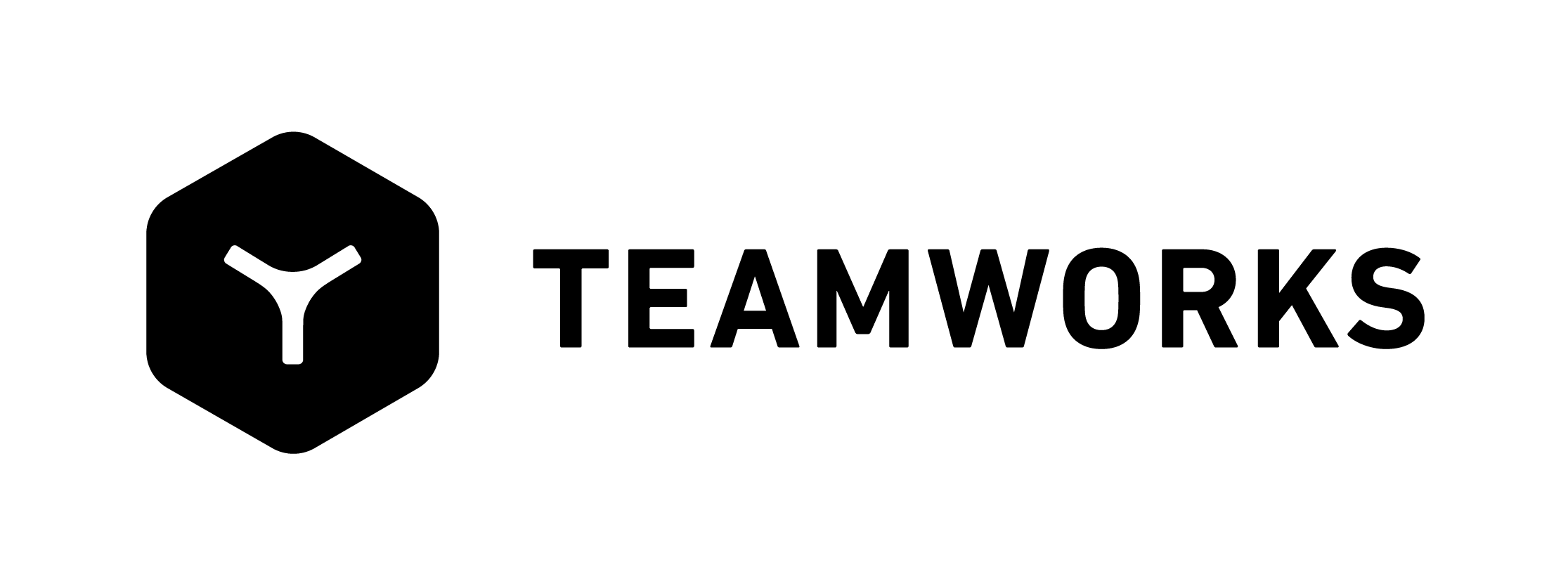When AthleticDirectorU last surveyed thousands of DI administrators across the country in the spring of 2022, COVID was by far the most significant driver of professional burnout, exhaustion and disengagement. Three years later, the pandemic is over, but industry professionals continue to battle with myriad issues caused by the evolution of NIL and the transfer portal, the House settlement, the dawn of the revenue-sharing era and other stressors. Our findings reveal that burnout in 2025 is even higher than it was during COVID, a concerning trend that confirms anecdotal evidence as experienced professionals continue to flee college athletics.
To gain a quantitative perspective on exactly how the industry as a whole is feeling, ADU again utilized the publicly available Oldenburg Burnout Inventory (OLBI) to assess industry burnout. The OLBI is a 16-item psychometric scale designed to measure both physical and cognitive aspects of burnout and disengagement from work. Scores on the Oldenburg Burnout Inventory can be presented as an overall total with a range of 16 to 64 (reached by adding the scores from the exhaustion and disengagement subscales, each of which have a max of 32), with higher total scores indicating higher levels of burnout. Higher exhaustion subscale scores (23+) indicate greater physical, affective and cognitive fatigue. Higher disengagement scores (22+) reflect a stronger tendency for individuals to distance themselves from their work and develop negative attitudes toward their jobs.
To gain a qualitative perspective, ADU surveyed administrators nationwide to hear their personal insights. Respondents most frequently cited low compensation, a perceived lack of respect from leadership, unyielding workloads and increasingly tense work environments as their main sources of agita.
In this three-part AthleticDirectorU series, we will reveal this year’s OLBI scores – which can be found in their entirety here – and compare them to the results from 2022, gather feedback directly from practitioners to understand what they think is working and where there’s opportunity to improve, and share insights from industry professionals about possible solutions.
In addition to the quantitative breakdown of this year’s OLBI scores themselves, Part 1 will feature some contextual observations from Southern Conference Commissioner Michael Cross, who was instrumental in helping ADU construct the inaugural survey in 2022.
Here are the overall results for college athletics administrators for burnout (moderate risk), exhaustion (high risk) and disengagement (high risk):
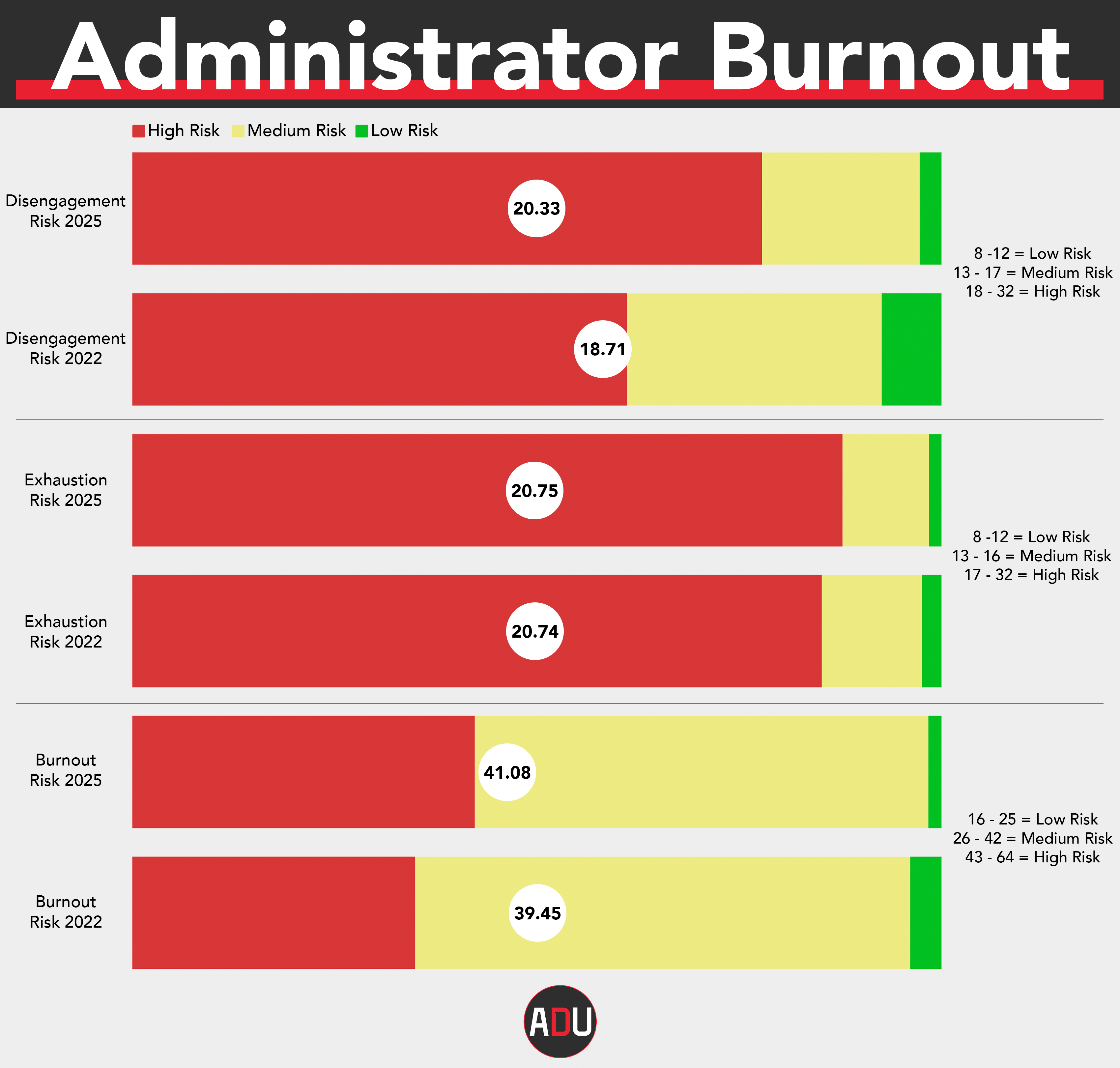
You’ll notice that while exhaustion risk has remained flat, the disengagement risk average has risen from 18.71 to 20.33, bumping up the overall burnout risk score from 39.45 to 41.07, less than two points away from the high-risk range. To put these numbers in context, athletics administrators are now scoring similarly to healthcare workers and other helping professions that show established burnout patterns.
“Many administrators entered college athletics to mentor young people and make a difference in their lives, and to help build championship programs, said Cross. “Today’s environment is focused on transfer windows, compensation, attorneys, top-down bureaucracy, and is more transactional than ever. In addition, the general environment on campuses across the country is stressed with tight budgets, staff cuts, declining enrollments and significant unpredictability from federal and state governments. Employment-like relationships with student-athletes and low locus of control due to booster, regulatory, and organizational factors have changed the fundamental nature of college athletics, with the educational imperative that is supposed to be at the heart of the enterprise pushed to the background. These variables likely contribute to experienced professionals questioning whether their career today is satisfying or still aligns with why they entered the profession. Increasing disengagement and high burnout should be highly concerning to a college athletics industry that regularly talks with student-athletes about culture and mental health, but doesn’t appear to be a role model in this regard.”
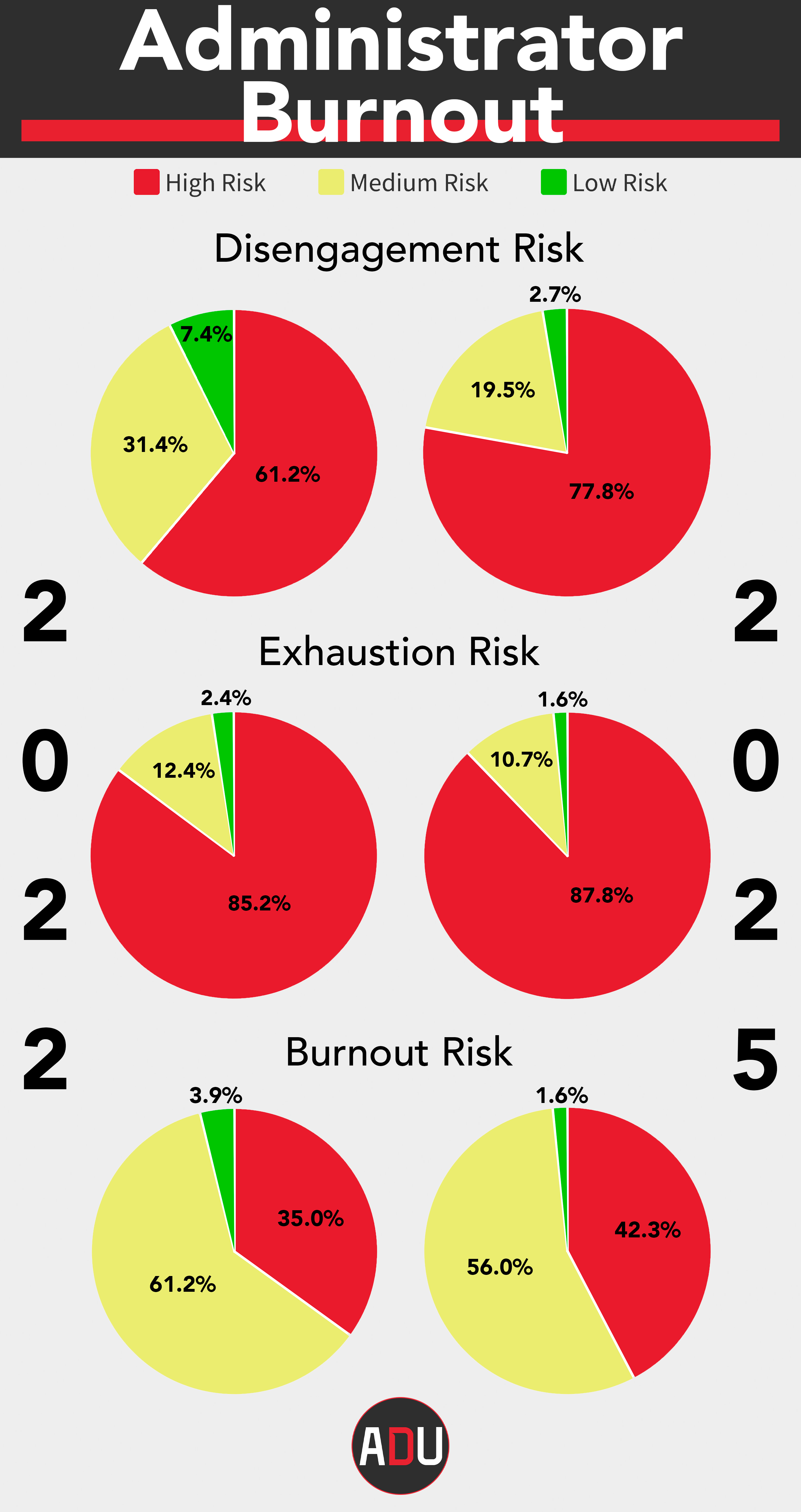
Also of particular note, the percentage of respondents in the high-risk range for disengagement soared from 61.2% to 77.8%. That shift is reflected in the overall burnout risk figures.
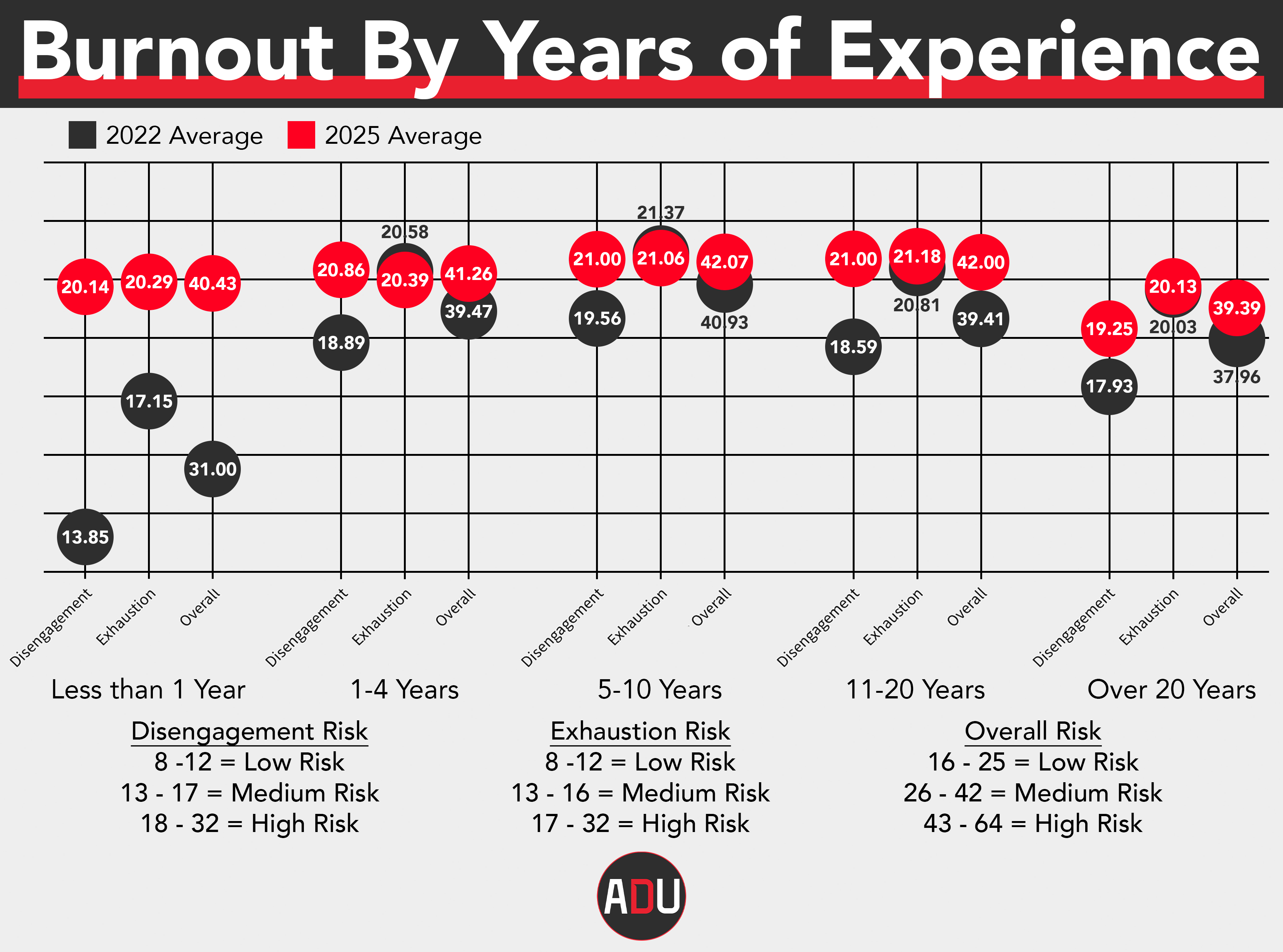
When analyzing burnout based on administrators’ years of experience, those with five to 10 years of experience and those with 11 to 20 years of experience report the highest risk levels of burnout, exhaustion and disengagement. While this year’s figures for both groups are nearly identical to one another, both cohorts’ overall scores have increased since 2022 – despite a decrease in exhaustion in the 5-10-year cohort; however, that group’s disengagement score increased from 19.56 in 2022 to 21.37 for 2025, bringing the overall burnout score to 42.07. Meanwhile, the 11-20-year cohort experienced increases across the board: disengagement increased from 18.59 to 21.00 and exhaustion increased from 20.81 to 21.18, bringing the overall burnout score up from 39.41 to 42.00.
“We’re witnessing professional Darwinism,” according to Cross. “The 5-10 year and 11-20 year professionals are caught in the worst possible position — as they acquire the experience to truly make a difference, the new realities of college athletics undervalue those skills. The veterans who remain after 20 years represent the survivors – they’ve either learned to work within the system, have seen enough to know that regardless of what is thrown at them the can still persist, and have likely risen to leadership positions where they have more agency, better compensation and/or have made peace with the fundamental changes in college athletics. The concerning reality is, how many talented administrators who could become transformational leaders will abandon the profession perpetuating a downward spiral? The anecdotal evidence suggests many are choosing to leave.”
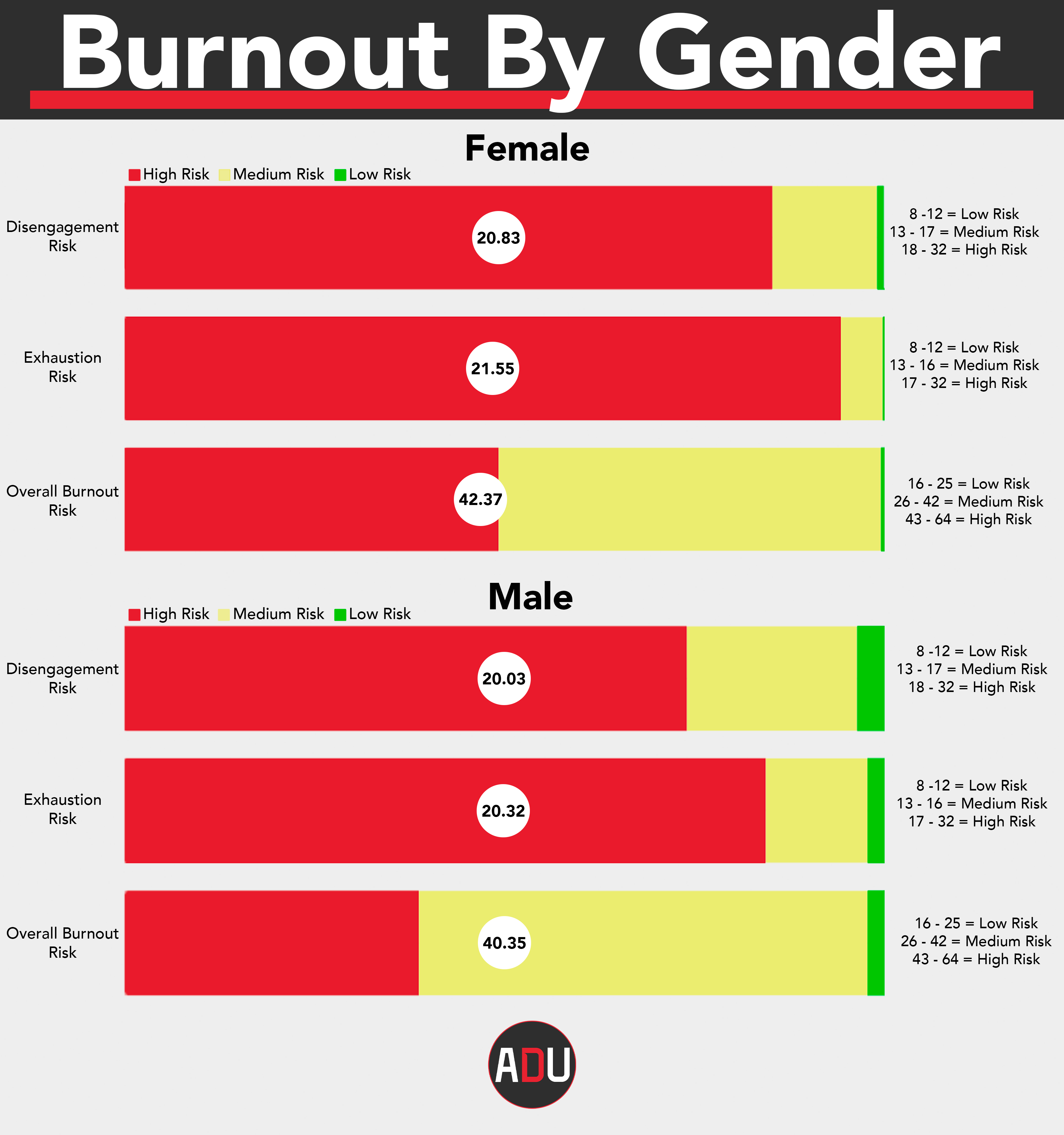
When considering responses by gender, female responses indicate higher risks of disengagement, exhaustion and overall burnout; however, both men and women reported increases in overall burnout than in 2022. Women’s overall burnout risk score has increased from 41.35 to 42.37, while men’s overall score jumped from 38.23 to 40.35.
Next week in Part II, we’ll take a more detailed look at the reasons why administrators feel the way they do as explained in their own words.
